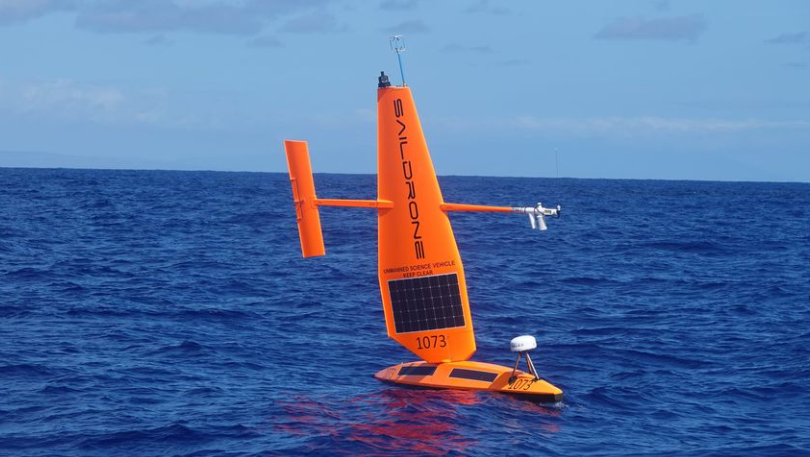In an effort to adapt the latest current maritime technologies, US Coast Guard completed a 30-day demonstration and evaluation of unmanned surface vehicles (USVs) off Oahu, Hawaii.
To remind, U.S. Coast Guard Hawaii Pacific started carrying out test and evaluation of unmanned surface vehicles on October 7 until November 5.
The main focus of the test was to explore how current and emerging technologies might be used to enhance maritime domain awareness in remote regions.
At the same time, the operations also showed ways USVs with assorted sensor capabilities might be able to support the Coast Guard’s many missions around the globe ranging from search and rescue, to law enforcement.

During the test, Coast Guard examined USVs from Saildrone and Spatial Integrated Systems in order to understand their capabilities and effectiveness.
The USVs participated in a variety of operational simulations to detect and alert the Coast Guard to both legitimate and nefarious behavior.
It’s clear that autonomous technology is a growing industry, and has great potential to enhance Coast Guard operations. Combined with artificial intelligence algorithms, unmanned systems could be a game changer.
…said Cmdr. Blair Sweigart, the demonstration’s director from the Coast Guard Research and Development Center.
Ax eplained, USCG goals to identify how USVs could be used to support search and rescue operations, improve Marine Environmental response, enhance Port Security, aid in the fight against illegal maritime smuggling, and identify vessels engaged in illegal, unreported, and unregulated fishing.
The demonstration helped us understand what these technologies currently are, and are not, capable of. These vessels proved to be very effective across a variety of mission areas. The results of this study will help shape how the Coast Guard, and our partners, incorporate USVs into our future operations.
…as Sweigart concluded.
































































